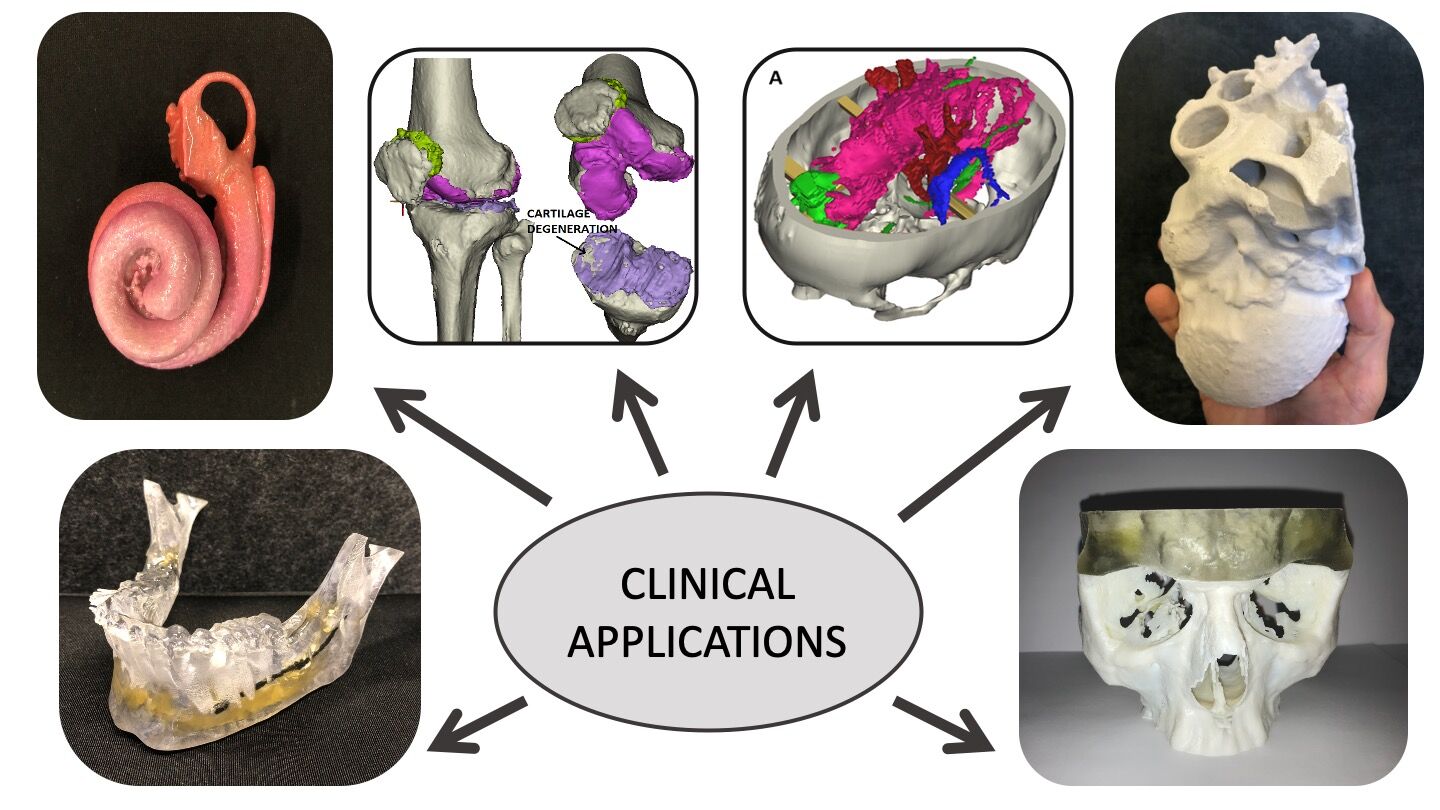Biomedical Image Analysis and 3D Modeling
3D printing is a well-known process and an established technology. Applications in health care are among the most intriguing and challenging. 3D-printed anatomical models for surgical planning have gained a solid position as a potential solution to numerous clinical problems. The process is based on the segmentation of a region of interest from an image modality such as MRI and CT and the use of 3d printing technology to construct a reliable model of the anatomical region. Finally, surgeons can use this model to prepare and train for the surgical procedure. Advanced centre for additive manufacturing is used to create 3D prints of the anatomy.
In most cases, improving surgical planning means enhancing clinical outcomes and reducing cost for the healthcare system. 3d printing for surgical planning is a process based mainly on three steps; first, acquisition of medical images (Computed Tomography or Magnetic Resonance), secondly, using software to extract a region of interest from the images to create a 3D model. Finally, this model is printed with a 3d printing machine. At this point a surgeon can use this anatomical model to prepare for surgery or for training.
IBNE is a pioneer in the field, planning surgery using 3d printing models since 2005 and establishing, probably the first 3d printing service for surgical planning in the world. This service is still ongoing and often used at University Hospital Landspitali, Iceland, while the 3D printer itself is at the Reykjavik University building.
3D printing - surgical planning


